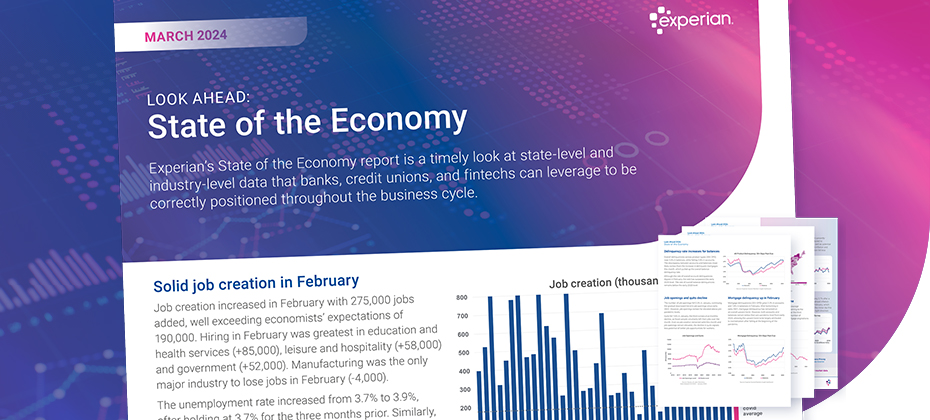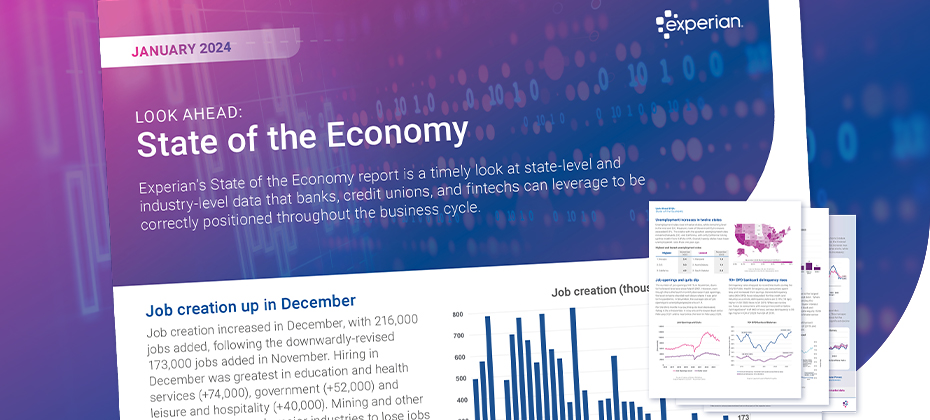With the raising of the U.S. debt ceiling and its recent ramifications consuming the headlines over the past month, I began to wonder what would happen if the general credit consumer had made a similar argument to their credit lender. Something along the lines of, “Can you please increase my credit line (although I am maxed out)? I promise to reduce my spending in the future!” While novel, probably not possible.
In fact, just the opposite typically occurs when an individual begins to borrow up to their personal “debt ceiling.” When the amount of credit an individual utilizes to what is available to them increases above a certain percentage, it can adversely affect their credit score, in turn affecting their ability to secure additional credit. This percentage, known as the utility rate is one of several factors that are considered as part of an individual’s credit score calculation. For example, the utilization rate makes up approximately 23% of an individual’s calculated VantageScore.
The good news is that consumers as a whole have been reducing their utilization rate on revolving credit products such as credit cards and home equity lines (HELOCs) to the lowest levels in over two years. Bankcard and HELOC utilization is down to 20.3% and 49.8%, respectively according to the Q2 2011 Experian – Oliver Wyman Market Intelligence Reports.
In addition to lowering their utilization rate, consumers are also doing a better job of managing their current debt, resulting in multi-year lows for delinquency rates as mentioned in my previous blog post. By lowering their utilization and delinquency rates, consumers are viewed as less of a credit risk and become more attractive to lenders for offering new products and increasing credit limits. Perhaps the government could learn a lesson or two from today’s credit consumer.


